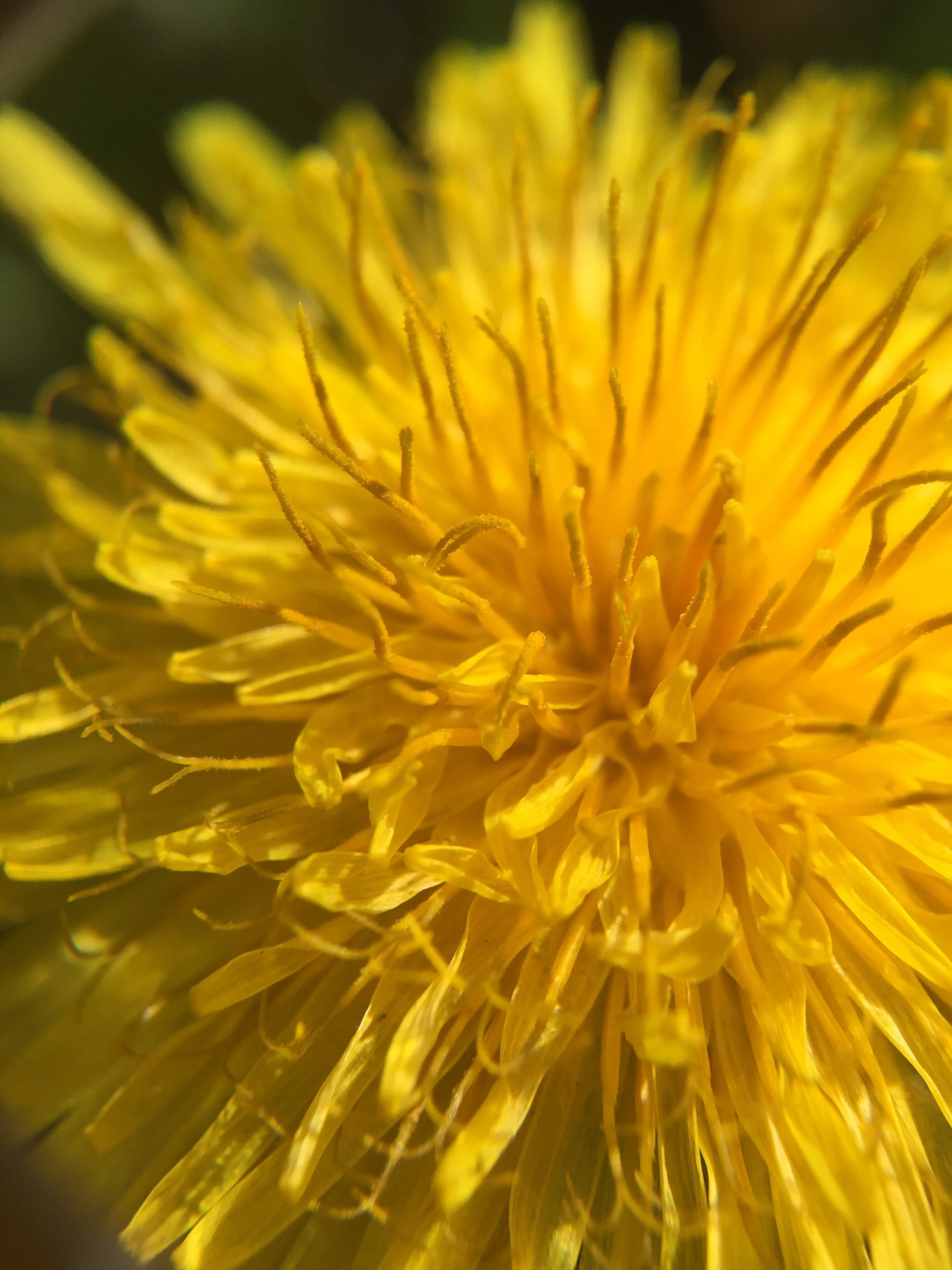Most of us would probably prefer to some spend time in a leafy setting than in an artificial one. Green spaces are definitely good for us. But what if you’re self-isolating in a block of flats in the city, and can’t go out?
We’re hard-wired to connect with nature. It’s in our DNA. So here are a few more tips you can use anywhere when you’re feeling the distance or are just at a loose end. In this final instalment (for now) of Lockdown Nature Connection Tips, we’re going to look at getting a better sense of how we can’t not be in contact to nature.
Nature everywhere
Look at everything around you and see if you can trace it to its natural source. There are obvious things like a book or wooden spoon that came from trees growing out in the elements in different parts of the world. Some things aren’t as obvious. If you are looking out over a concrete jungle, remember that concrete contains limestone, which is made of the skeletons of tiny sea creatures that lived in ancient oceans.
Even plastics, as problematic as they can be, mostly come from oil which is made of the bodies of plants and animals. The point is, if we follow things back their source, we see that we are surrounded by things with wild origins.
Wild family tree
The idea that all living things on our planet are related is not some sentimental notion. It’s just a fact. It’s wild to think that you and your houseplant share a common ancestor. We only have to go back 70 million years (an evolutionary blink of an eye) and you and I share a great great (and lots more greats) grandparent with that herring gull that just flew by.
In fact we’re surrounded by billions of relatives in the form of the microorganisms in and on our bodies. We have more bacteria in us than human cells. (Don’t worry, many of them help keep us alive.) Nature is everywhere! You are always in company.
Beginner’s Mind
An obstacle to nature connection is thinking that we’ve seen it all before. Take a daisy for example. It’s easy to see a familiar plant and think we know it. But very few people ever look really closely at a daisy, or their houseplant.
There’s always something new to notice, even in the lifeforms we think we know well (including humans!). Imagining we’re seeing things for the first time can actually lead to us really seeing them for the first time.
Gratitude
In Part 1 I mentioned that curiosity is fuel for nature connection. So is gratitude. It connects us and it’s good for us too. Research shows that just pausing to appreciate what we have has huge benefits for our mental health.
Take a lungful of air and think about the oceans and forests that produced the oxygen. A glass of clean drinking water is one of the most valuable things you could hold if you think about it. And whenever you eat an apple or a bit of chocolate you can thank the bumblebees who pollinated those plants (and a lot of the other plants we eat).
Remembering where we are
Take a deep breath. If you are in the UK, the chances are that not long ago those air molecules were recently roaring across the wild Atlantic. Zoom out and we see that our planet is hurtling through the Solar System situated in a majestic spiral galaxy (which is one of billions of galaxies). We are in an unimaginably vast wilderness!
So while there’s nothing like a walk in the woods or a stroll on the beach, if that’s not an option right now (or even if it is) then experiment with some of the exercises/musings above and see what happens . . .
Stay well and stay wild!
Dan


